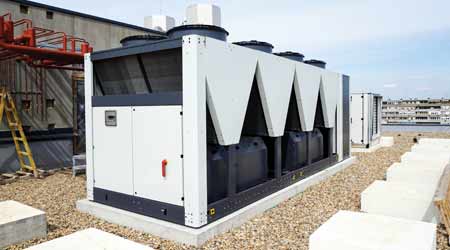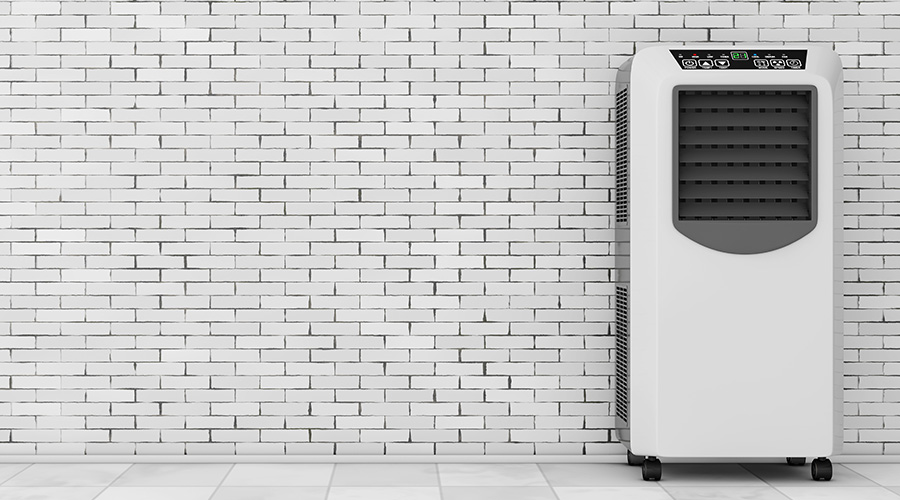 Proper water treatment is crucial to keeping cooling systems employing recirculating water operating effectively.
Proper water treatment is crucial to keeping cooling systems employing recirculating water operating effectively.How Proper Water Treatment Is Really A Public Health Protection
Know the codes in your area — many jurisdictions have incorporated requirements to address how to control dangerous micro-organisms, such as legionella.
The control of dangerous micro-organisms, such as Legionella, in building water systems has now been generally identified as a recent concern within the industry and by the public at large. Some jurisdictions have incorporated requirements to address this issue into code, and more are expected to follow shortly. Water treatment programs have previously not been focused on this issue. Typical water treatment programs have heretofore been concerned only with the potential of micro-organisms to cause corrosion damage and deposition in cooling water systems. In order to reduce the risk of legionellosis in a given facility the water treatment industry now offers Water Safety Plans and specific additional treatment protocols, as well as various maintenance and disinfection services. and specific testing programs to reduce the risk of legionellosis in these facilities. While such products and services come with added cost, the cost of legionellosis to society, as well as to the building owner, is quite high. Each facility owner should discuss this with their engineering and risk management staff to determine what is best for their facility.
Related Topics:

















